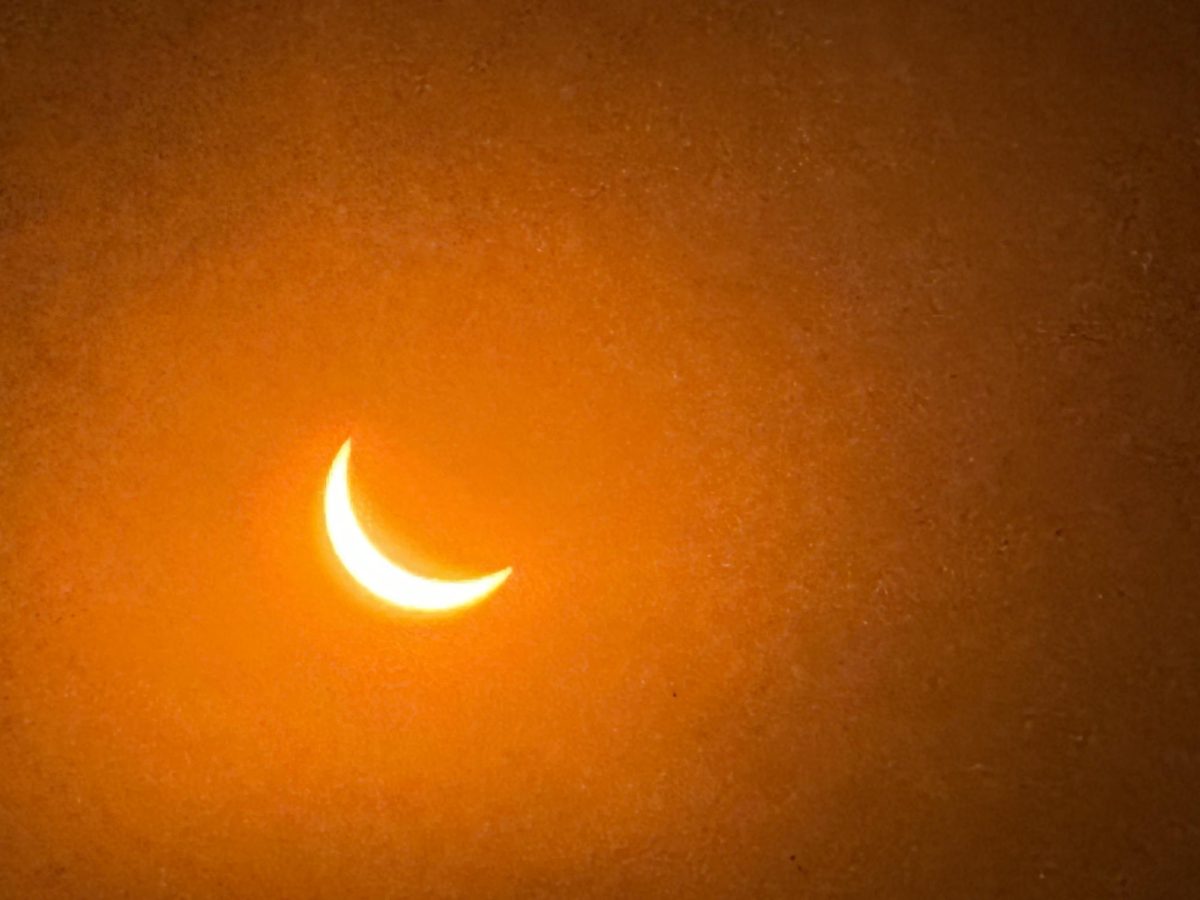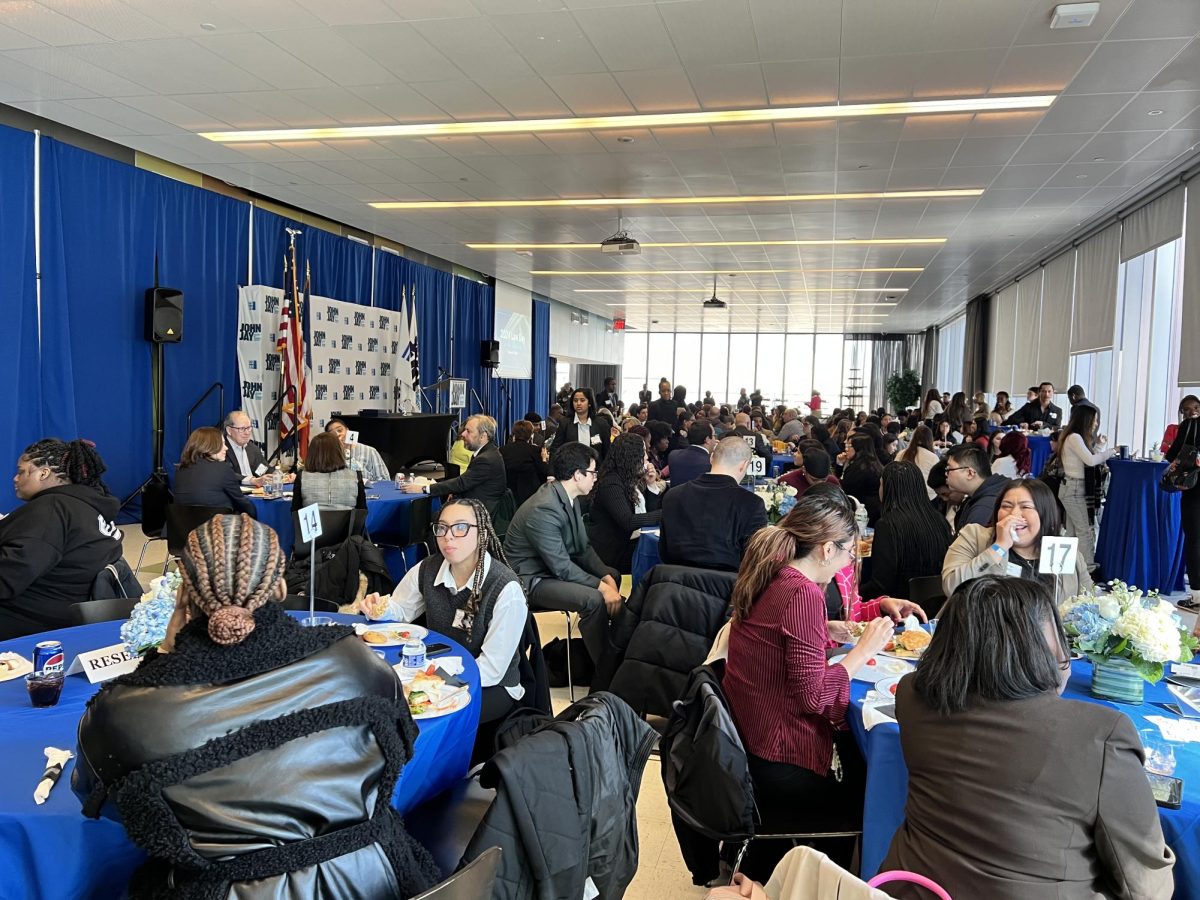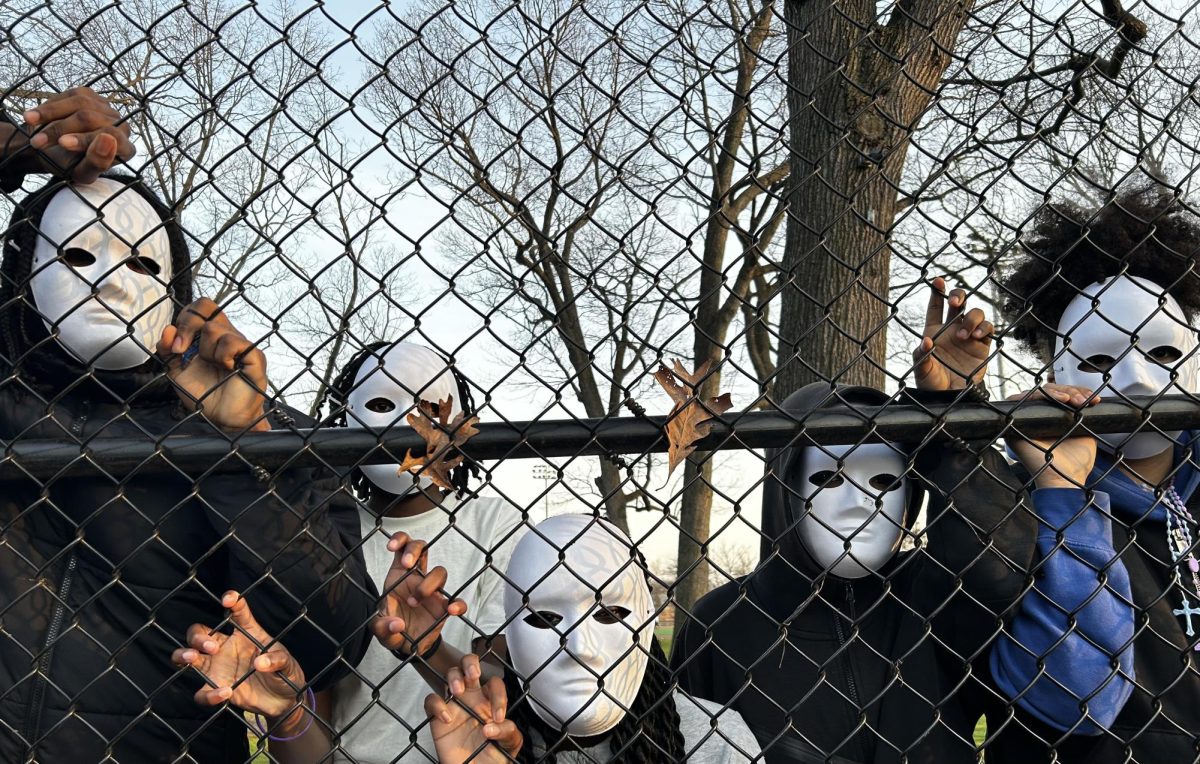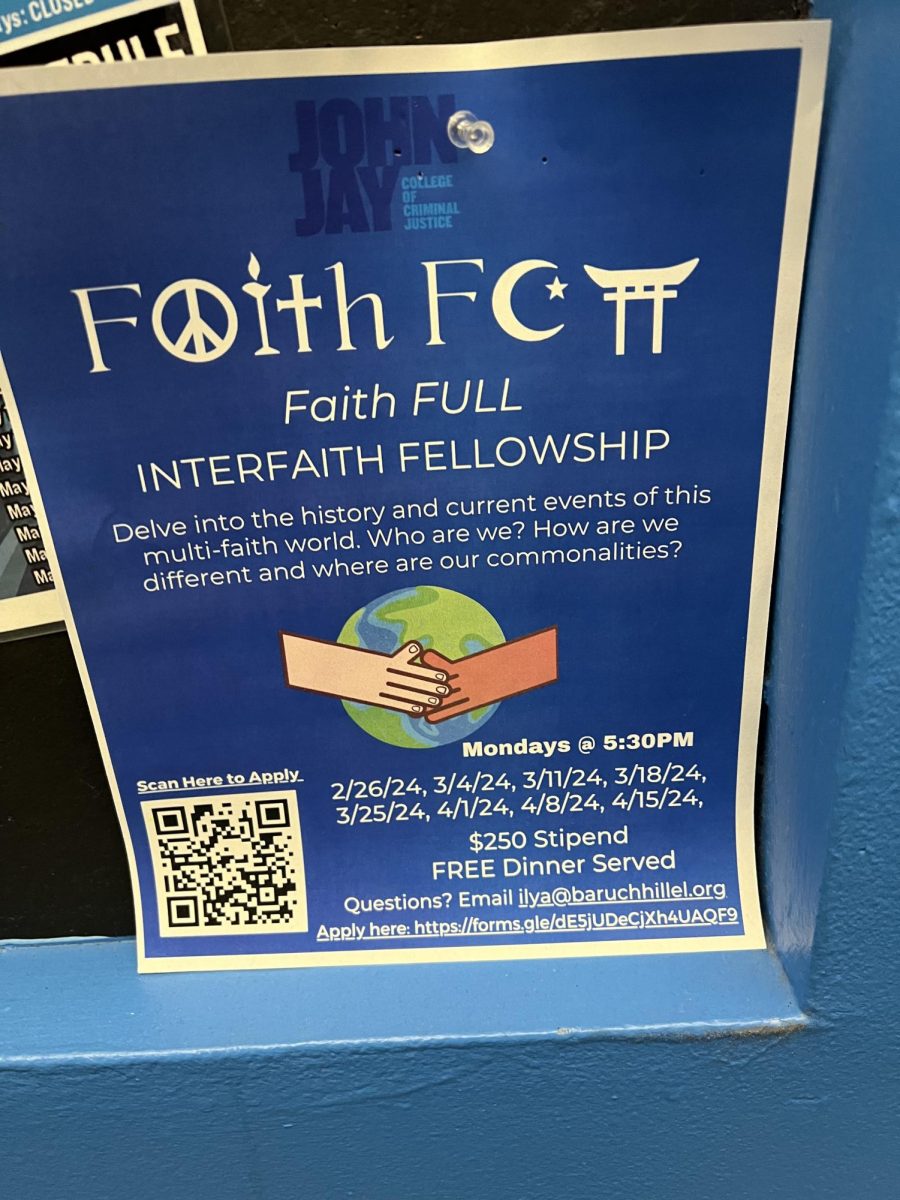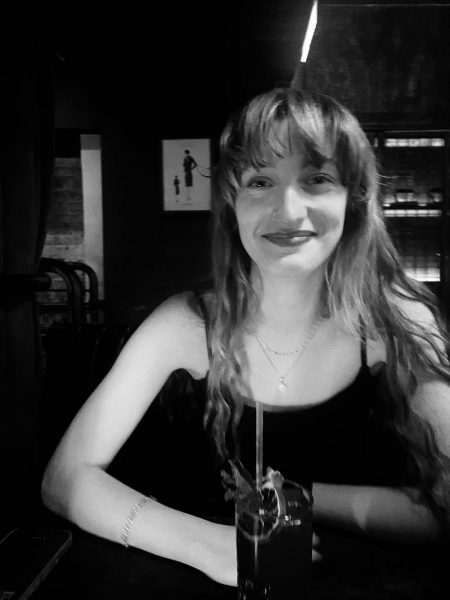On April 8th, 2024 John Jay students, faculty, and staff gathered together on the Jay Walk to experience the historical total solar eclipse.
This total solar eclipse, in which the moon blocks the sun completely, reminded many of the eclipse that occurred during the summer of 2017. According to NASA, however, there were a few key differences, including the span of the path of totality and the distance between Earth and the moon.
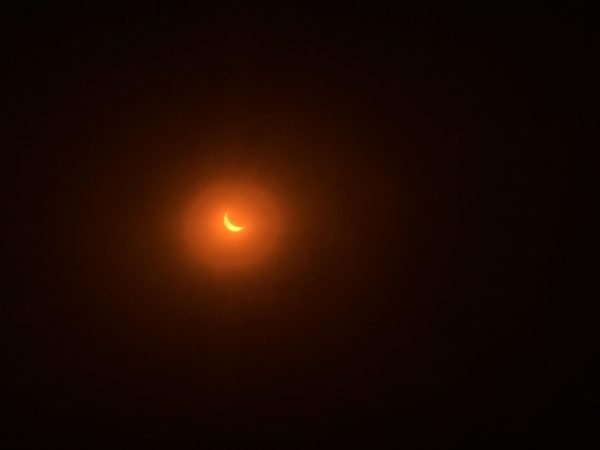
The differences were notable at John Jay as well. Dr. Edgardo Sanabria-Valentin, the associate director of PRISM and organizer of the eclipse viewing event, recalled the eclipse viewing event he organized back in 2017 and compared the turnout.
“When we had the last eclipse in 2017, it was on a day when there were no classes. There were only maybe 25 people out here, and most of them were my students. So when I found out about this, I wanted to bring it to the whole community, so I was lucky that the college provided the funds so that we could buy glasses for as many people as possible. And I am so excited that everybody came,” said Sanabria-Valentin.
Among the crowd on the Jay Walk were President Karol Mason and Interim Provost Allison Pease, excitedly documenting the impressive turnout.
Justin Colon, a physics professor at the college and special emcee of the event, provided a few fun facts explaining the science behind the eclipse.
“What’s fun about eclipses – you know how the sun and the moon seem generally the same size when you look at them – that is due to a really rare ratio. The sun is actually 400 times larger than our moon, but it’s also 400 times the distance from us than the distance from the Earth to the moon, so the 400 – 400 proportionality actually lines up perfectly to give us that totality ring of fire,” Colon explained.
Professor Colon also noted what this historical event would look like from other planets.
“If you hop over to Mars and see a solar eclipse from there, they have tinier moons, and it looks almost like a potato crossing the sun, which is still cool because it’s a Martian solar eclipse, but it’s nowhere near as beautiful as something like this,” said Colon.
Colon continued to explain the effect the resulting coverage of the sun has on certain animals.
“With it being dark, animals are also going to start acting a little strangely. We’re in New York City, so pigeons are everywhere. You might see them heading back to their nests because it’s getting darker, so they think it is nighttime and they should turn in for the day. So it usually makes nocturnal animals wake up sooner.”
Most importantly, however, Colon urged all eclipse viewers why it is imperative that they wear proper eye protection when viewing eclipses.

“The reason that people say eclipses are more dangerous is, because of the low light we’re experiencing, our pupils like to expand to let more light in. As our irises are expanding, we’re still taking in more light, and all of that ultraviolet light, which is very high energy, is still hitting the back of our eyes. That is not going to hurt because we don’t have nerve endings there, but if you decide to stare at the eclipse, in 30 minutes to like maybe a day later you will start to notice a little blurry dot in the center of your vision – that is a burn on your retina, so that’s dangerous. always use proper equipment and effective eyewear,” said Colon.
As part of the eclipse viewing event, solar eclipse glasses were provided on a first-come first-served basis to students and staff alike. There were 600 pairs of glasses for students and faculty, but all of them were gone within minutes of the event’s start.
Students, equipped with their eclipse glasses, had an enjoyable experience viewing this solar event with friends. However, some felt let down by the actual magnitude, or rather lack thereof, of the eclipse itself.
Freshman Camila Pimentel noted, “It was anticlimactic, but it was cute to see everyone come together to see it.”
Ysabella Fernandez, another first-year student, echoed these sentiments, elaborating, “We expected it to go completely dark, so it was a little disappointing. I enjoyed it, though, because I was here with my friends. It was nice seeing old classmates and professors getting together to experience a once in a lifetime experience.”
According to NASA, the next time New York City will experience a total solar eclipse will be in 2045.



